Bees are vanishing at a terrifying pace—and the world is starting to feel the sting. These tiny pollinators are responsible for more than just honey; they keep our ecosystems buzzing and our food plates full. But the signs are impossible to ignore: disappearing hives, shifting flowering patterns, and silent gardens once alive with their hum. From North America to Asia, 15 shocking changes reveal a planet under pressure—and if bees keep fading, we all pay the price. Get ready to dive into the urgent story behind the disappearing buzz—and why saving bees is a race against time.
Decline in Crop Yields
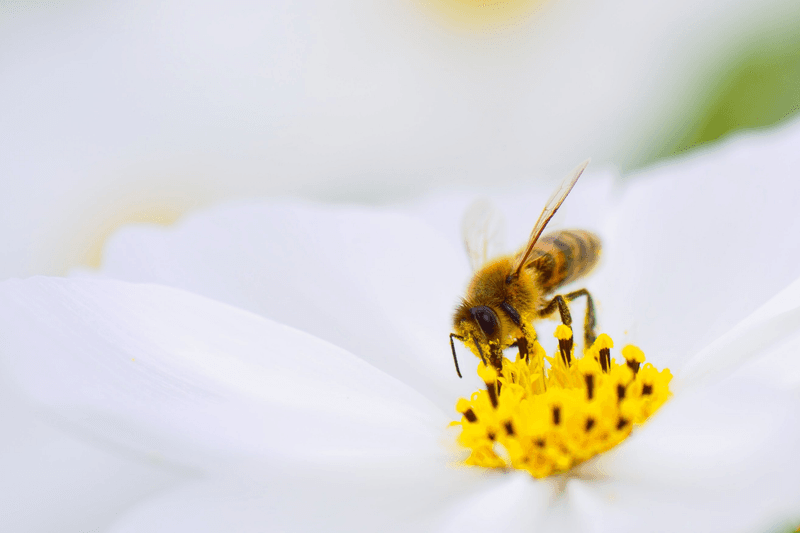
Crop yields are plummeting as bees fail to pollinate plants. Without sufficient pollination, many crops don’t mature. A farmer in Iowa recently noted a drastic reduction in his apple orchard’s production. This situation is becoming common, signaling an urgent agricultural crisis.
Pollination is not only vital for fruit production but also for crops like almonds and coffee. As bee populations dwindle, farmers are feeling the pinch.
Alternative pollination methods are being explored, but nothing matches the efficiency of bees. The economic impact is tangible and growing by the day.
Biodiversity Loss

Biodiversity is waning as fewer bees lead to less pollination. The ripple effect on ecosystems is profound. In Germany, a study revealed a significant decline in wildflower diversity due to reduced bee activity.
Flowers that rely on bees are disappearing, affecting other species, including birds and insects. The interconnectedness of nature means that bee decline threatens overall biodiversity.
Restoration efforts are underway, but reversing biodiversity loss requires time and effort. Without bees, the natural balance is at stake, and the consequences are far-reaching.
Increased Food Prices
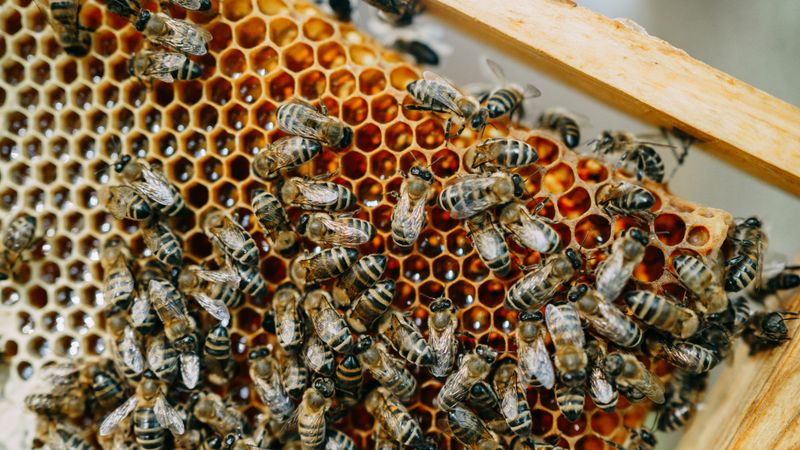
Food prices are soaring as bee decline affects crop production. A consumer in London noted the sharp price rise in honey and almond products. This trend reflects a broader issue as supply diminishes.
Bee pollination is essential for various crops, and its decrease is creating scarcity. The ripple effect on the food industry is undeniable, as costs trickle down to consumers.
While some alternatives exist, they are often costlier. The economic burden of bee decline is becoming increasingly evident in grocery bills worldwide.
Loss of Wildflower Meadows

Wildflower meadows, once buzzing with life, are vanishing. In the UK, reports show a decline in these vibrant landscapes due to reduced bee activity.
Wildflowers depend heavily on bees for pollination. Without them, the meadows don’t regenerate, leading to a loss of habitat for countless species. The decline of these meadows signals a broader ecological imbalance.
Efforts to restore these areas are underway, yet success relies heavily on reviving bee populations. Wildflower meadows serve as a poignant reminder of the intricate links in nature.
Impact on Honey Production
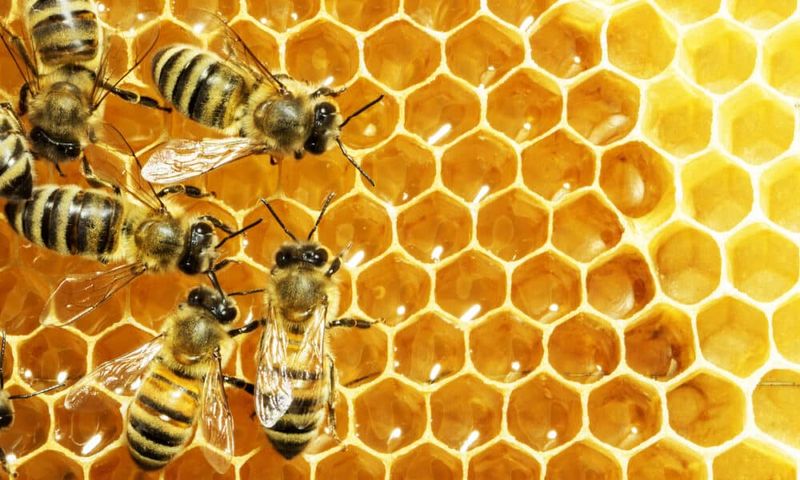
Honey production is at risk as bee numbers dwindle. Beekeepers in Australia report lower yields, attributing it to fewer bees. This decline in honey harvests is affecting both local and global markets.
Honey, a natural sweetener, relies on bees for production. The decrease in bee populations means less honey and higher prices.
Beekeepers are exploring ways to adapt, but challenges remain. The situation reflects a broader issue affecting the beekeeping industry. Honey lovers worldwide are starting to feel the impact of this crisis.
Disruption of Ecosystem Services
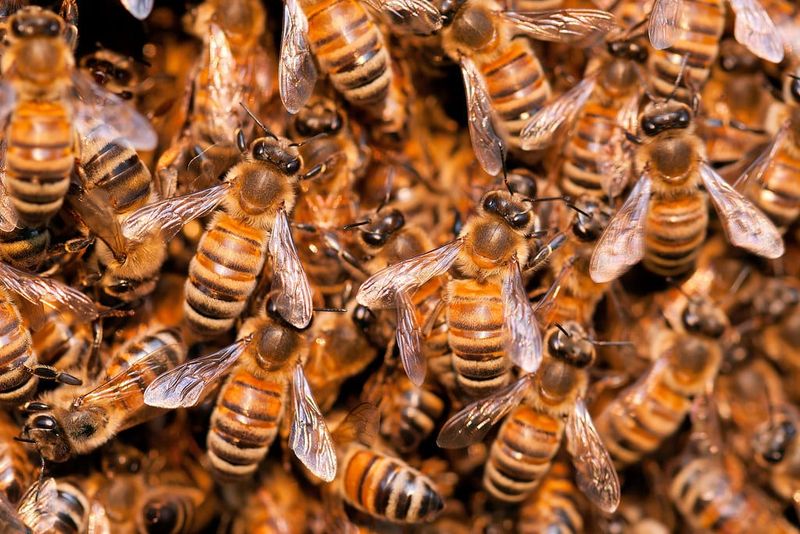
Ecosystem services are being disrupted as bee populations decline. In the Amazon, studies indicate alterations in plant species composition due to reduced pollination.
Bees facilitate not just food production but also the functioning of ecosystems. Their decline affects nutrient cycles, plant reproduction, and even soil health. The intricate balance of nature is under threat.
Restoring these services poses a significant challenge. Conservationists are working to safeguard bee populations, but the task is daunting. The complexity of ecosystems means that every element plays a critical role.
Decline in Almond Production
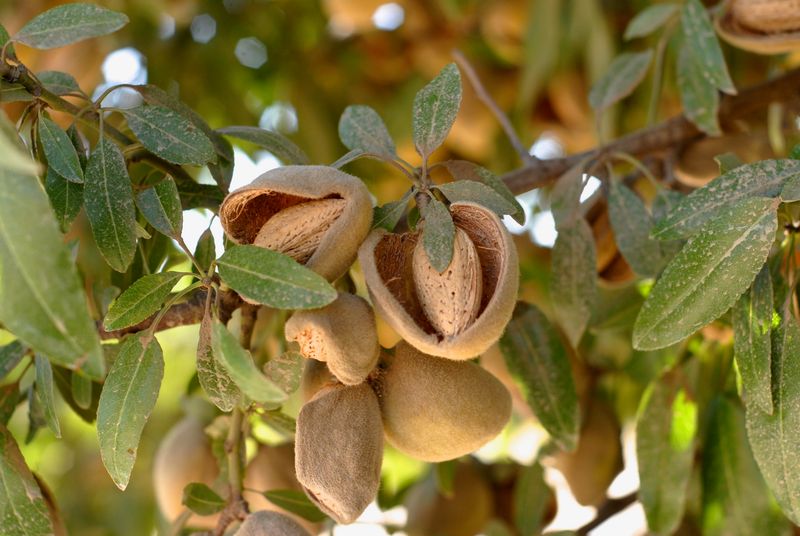
Almond production is suffering as bee decline hinders pollination. California, a major almond producer, has seen reduced yields. This drop is attributed to fewer bees available for pollination.
Almond trees rely heavily on bees. Without them, production falls significantly, impacting both farmers and consumers. The industry faces challenges as it seeks solutions to this pressing issue.
Alternative pollination methods are being explored, yet none match the effectiveness of bees. The future of almond production is uncertain without a boost in bee populations.
Decline in Global Food Security

Global food security is threatened by declining bee populations. The Food and Agriculture Organization warns of reduced crop diversity and yields. This affects nutritional availability worldwide.
Bees play a crucial role in pollinating crops that form dietary staples. Their decline jeopardizes not just food variety but also essential nutrients. The impact is felt disproportionately in developing regions.
Efforts to enhance food security must address bee conservation. Without viable solutions, the world faces a future with limited food resources, exacerbating existing challenges.
Reduced Coffee Production
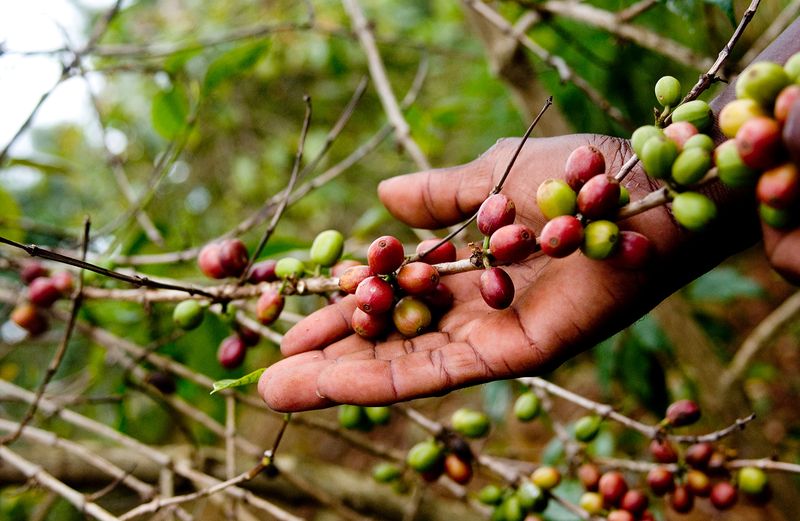
Coffee production is declining as bees disappear. In Ethiopia, a key coffee-growing region, farmers report lower yields. This trend is linked to reduced bee activity necessary for pollinating coffee plants.
Coffee, a beloved global beverage, is at risk. The decline in bee populations is threatening its production and availability.
Efforts to support coffee farmers include focusing on bee-friendly practices. However, ensuring sustainability remains a challenge. Coffee enthusiasts worldwide may soon notice changes in availability and price due to this decline.
Threat to Medicinal Plants

Medicinal plants face a threat as bees decline. In India, traditional healers observe a decrease in essential herbs, affecting natural remedies.
Bees play a vital role in pollinating medicinal plants. Their decline endangers the availability of these natural resources.
Preserving these plants requires concerted efforts to protect bees. The loss of these plants would impact both traditional and modern medicine. The urgency to address bee decline is underscored by its far-reaching implications on health and wellness.
Impact on Dairy Production
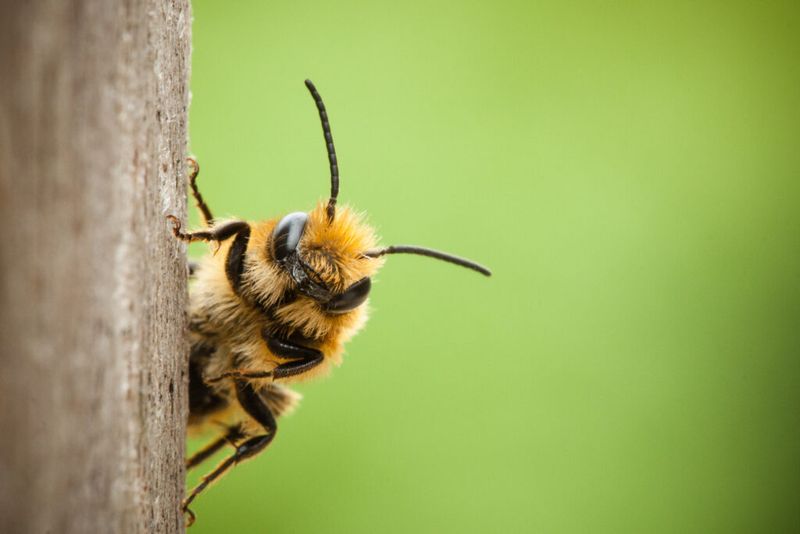
Dairy production is indirectly affected by bee decline. In New Zealand, farmers note reduced forage availability due to less pollination. This impacts milk production as cows rely on bee-pollinated crops for nutrition.
Bees contribute to the growth of clover and alfalfa, essential for dairy farming. Their decline affects the quality and quantity of forage.
The dairy industry is exploring alternatives, yet the reliance on bees remains significant. The interconnectedness of agriculture highlights the need to address bee population issues urgently.
Loss of Cultural Traditions
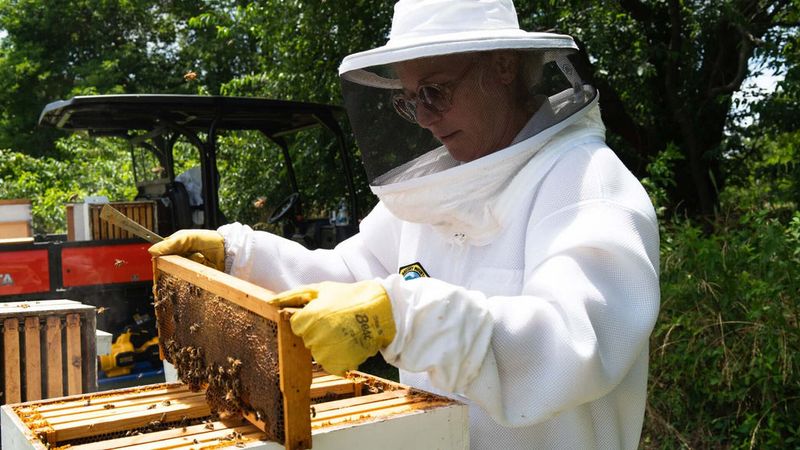
Cultural traditions are at risk as bees disappear. In Mexico, the Day of the Dead celebrations use marigolds, heavily reliant on bee pollination. The scarcity of these flowers is altering traditions.
Flowers hold symbolic meanings in many cultures. The decline in bee populations affects their availability, impacting cultural practices.
Communities are seeking ways to adapt, but the cultural heritage tied to bees remains profound. Preserving these traditions requires a focus on sustaining bee populations. The loss of bees is more than an ecological issue; it’s a cultural one too.
Decline in Fruit Varieties
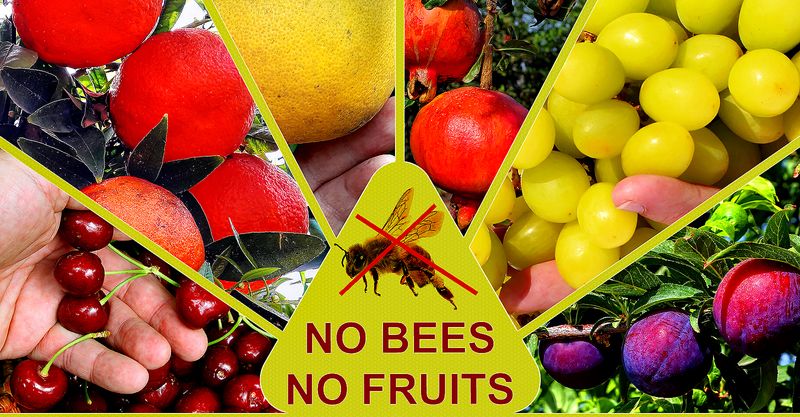
Fruit varieties are dwindling as bee populations decline. In Italy, farmers report fewer peach and apricot varieties. This reduction is linked to insufficient pollination.
Bees are vital for diverse fruit production. Their decline limits genetic diversity and availability. The impact on diets and culinary traditions is notable.
Farmers are exploring alternative pollination methods, yet none match bees’ effectiveness. The future of fruit diversity hinges on restoring bee populations. The culinary world faces a potential shift as traditional varieties become rare.
Impact on Wine Production
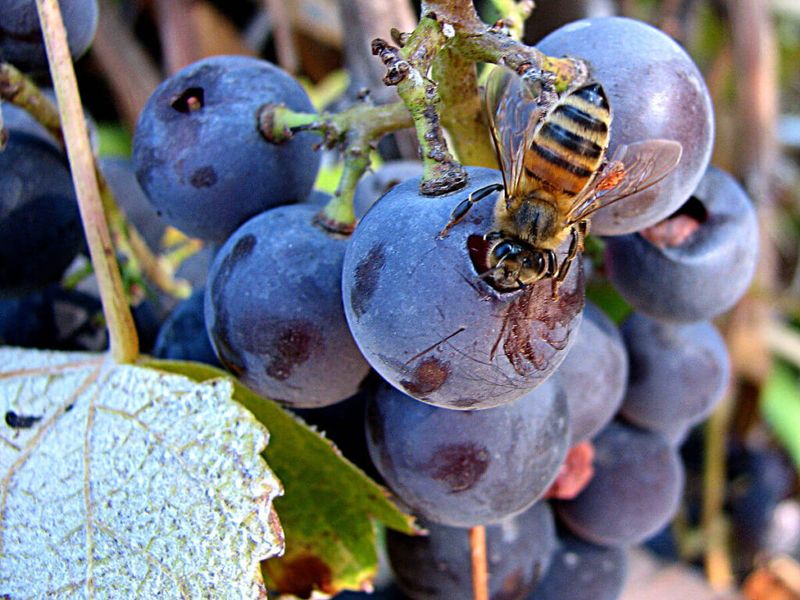
Wine production faces challenges as bees decline. In France, vintners notice fewer grape clusters, linked to reduced pollination. Although not directly reliant on bees, vineyard ecosystems benefit from their presence.
Bees contribute to the health of vineyard flora. Their decline affects grape quality and quantity. The wine industry is beginning to feel these effects.
Efforts to sustain vineyard ecosystems are crucial to maintaining wine quality. The intricate relationship between bees and vineyards underscores the need for conservation. Wine lovers worldwide may face changes in quality and taste.
Education and Awareness Decline
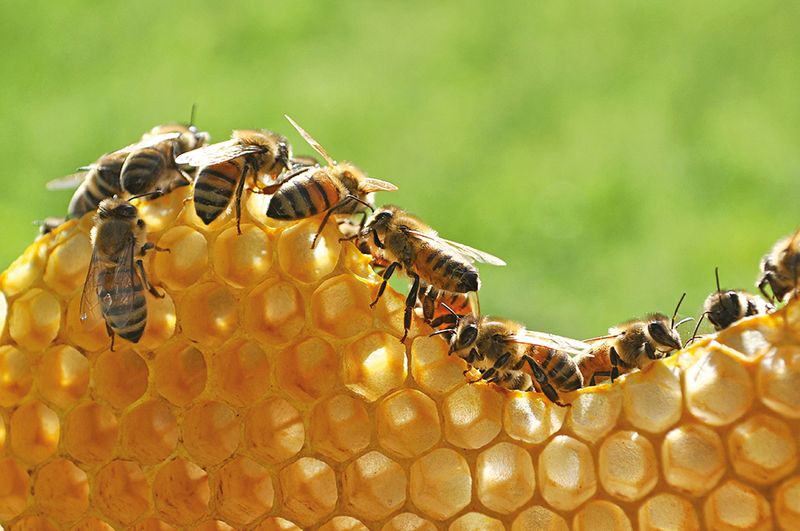
Education on bees is declining as populations shrink. In the US, schools are reducing bee-related programs. This is due to fewer bees for observation and study.
Bees are essential educational tools for teaching ecology and biology. Their decline limits hands-on learning and public awareness.
Educational institutions are exploring alternative ways to engage students, yet the absence of bees is palpable. Raising awareness about their importance becomes challenging without direct interaction. The future of bee education relies on conservation efforts. The loss of educational opportunities has broader implications for environmental awareness.

